
Supercharge your lead generation with a FREE Google Ads audit - no strings attached! See how you can generate more and higher quality leads
Get My Free Google Ads AuditFree consultation

No commitment
Supercharge your lead generation with a FREE LinkedIn Ads audit - no strings attached! See how you can generate more and higher quality leads
Get My Free Google Ads AuditFree consultation

No commitment
Supercharge your lead generation with a FREE Meta Ads audit - no strings attached! See how you can generate more and higher quality leads
Get My Free Google Ads AuditGet My Free LinkedIn Ads AuditGet My Free Meta Ads AuditFree consultation

No commitment
Supercharge your lead generation with a FREE Google Ads audit - no strings attached! See how you can generate more and higher quality leads
Get My Free Google Ads AuditFree consultation

No commitment
In today's highly competitive floral marketplace, standing out is no small feat. Florists face the ongoing challenge of making their mark in a crowded space, especially during peak seasons like Valentine’s Day or Mother’s Day when consumer demand spikes. Consequently, it's imperative to connect with potential customers precisely when they're searching for delightful bouquets or express delivery options. The evolving landscape requires a reevaluation of traditional marketing tactics, and Google Ads emerges as a powerful tool in this equation. By leveraging these platforms effectively, florists can not only enhance visibility but also capture high-intent audiences and maximize their marketing ROI. This article will guide you through the art of using Google Ads to elevate your florist marketing strategy, crafting targeted campaigns that resonate with potential customers at every stage of their buying journey.
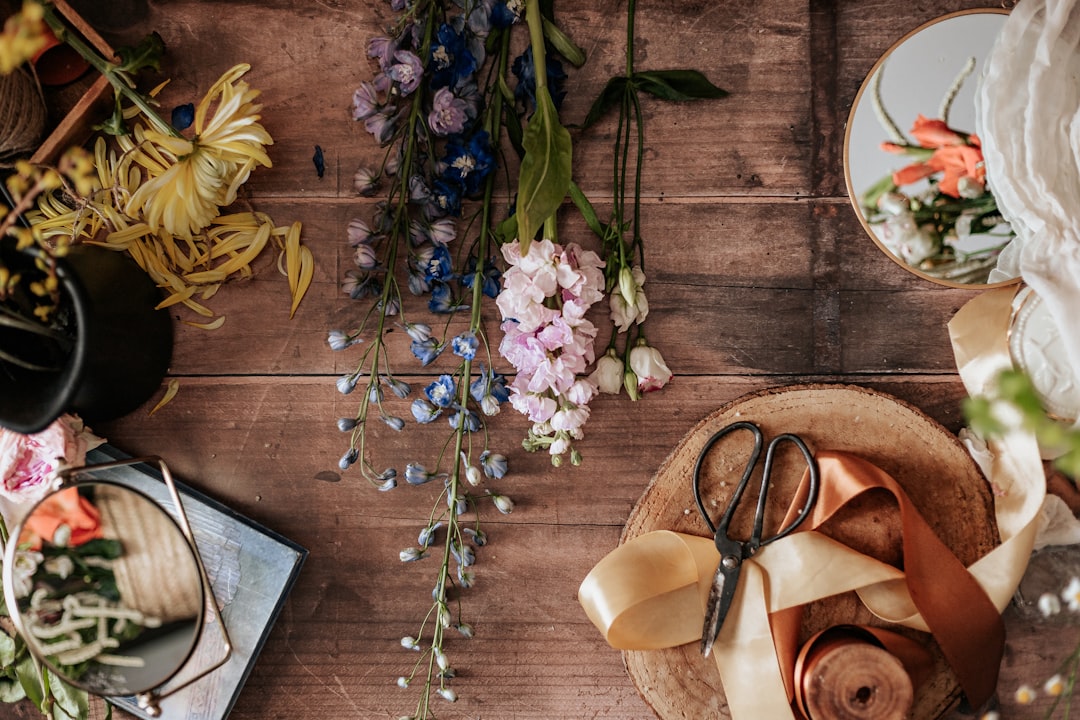
Building a steady stream of qualified leads is essential for profitable growth in the floral industry. Modern flower shops that utilize data-driven Google Ads strategies consistently outperform their peers in both customer acquisition and local brand recognition.
Effective florist advertising through Google Ads relies on precise targeting, seamless digital experiences, and robust measurement. The following approach gives florists a proven framework to maximize digital visibility, convert interested searchers, and scale flower shop marketing with confidence.
This step-by-step guide delivers actionable insights and Google Ads tips for florists, equipping you to generate qualified leads, refine PPC for florists, and accelerate florist business growth through targeted, measurable digital campaigns.

Florists operate in a market where customer intent is fleeting and timing is crucial. Leveraging Google Ads gives flower shops the power to appear precisely when customers are searching for arrangements or delivery—often during urgent or emotional occasions.
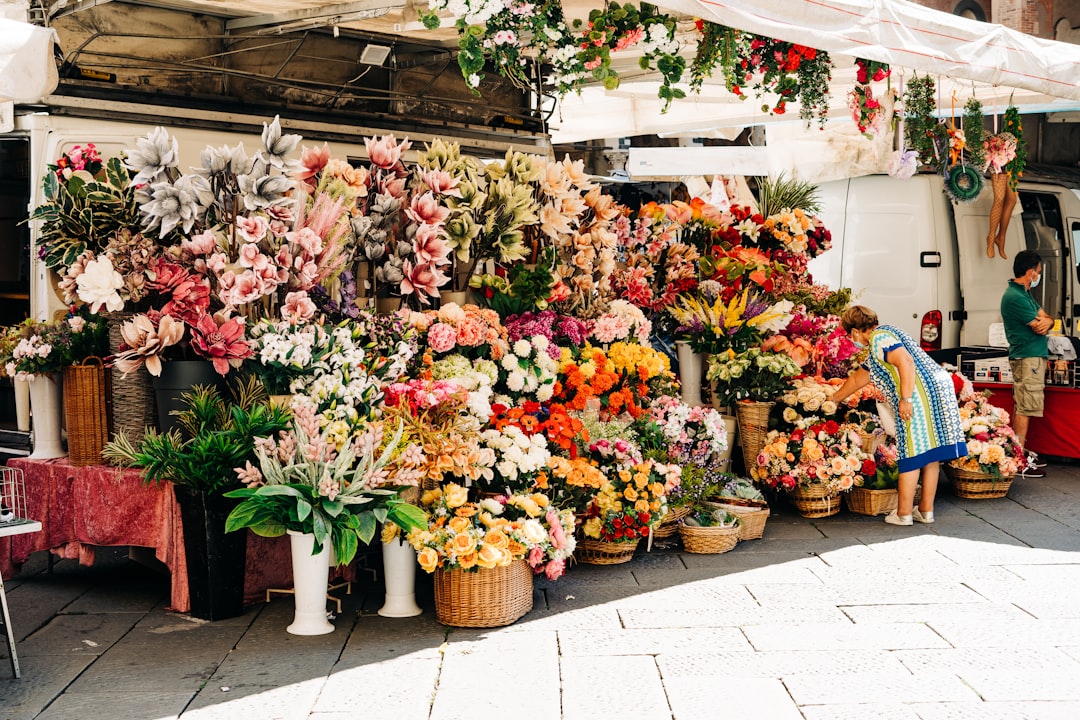
Choosing the right campaign type directly influences your ability to reach customers at every stage of the buying journey. For florist businesses, tailoring campaign selection to fit customer intent and behavior can mean the difference between an anonymous site visitor and a loyal, high-value client.
Using these campaign types in concert accelerates florist business growth and supports a measurable, data-driven approach to online advertising for florists. For more insights on optimizing Google Ads strategy, check out our guide on Google Ads ROI. Each method plays a distinct role within a comprehensive florist digital marketing strategy.
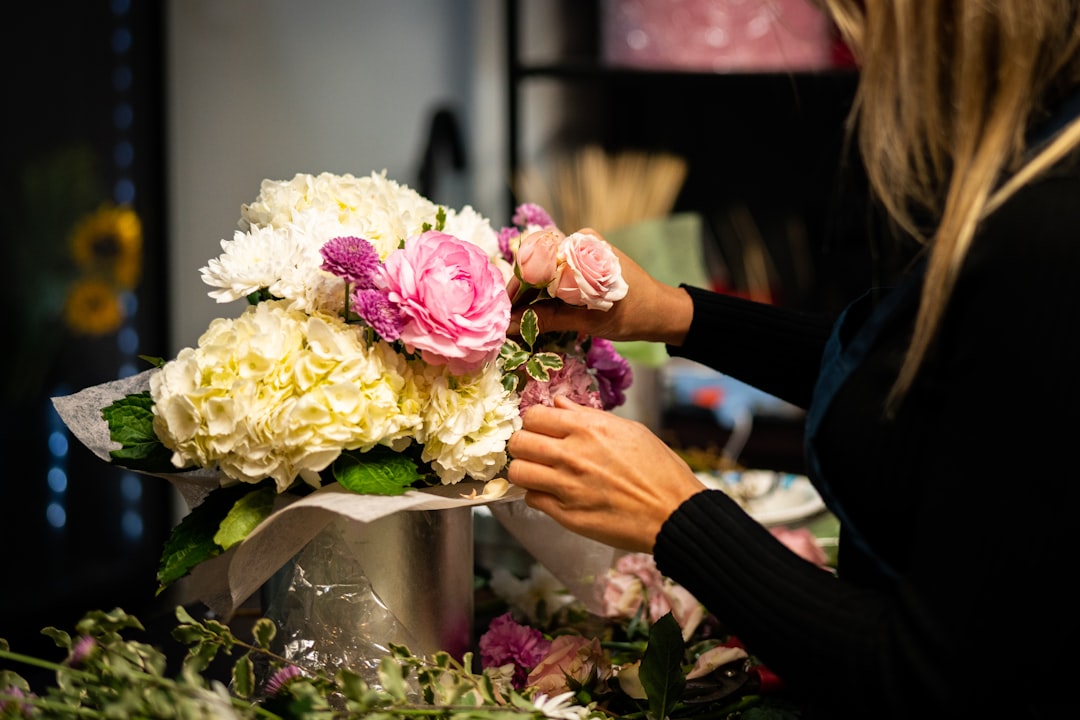
Florist businesses that want to outpace the competition must consistently uncover new avenues for expansion. The most effective growth strategies leverage both digital and local market insights to capture audiences that standard approaches overlook.
Ready to put these strategies into practice? Start identifying new growth opportunities for your shop with Sona onboarding.
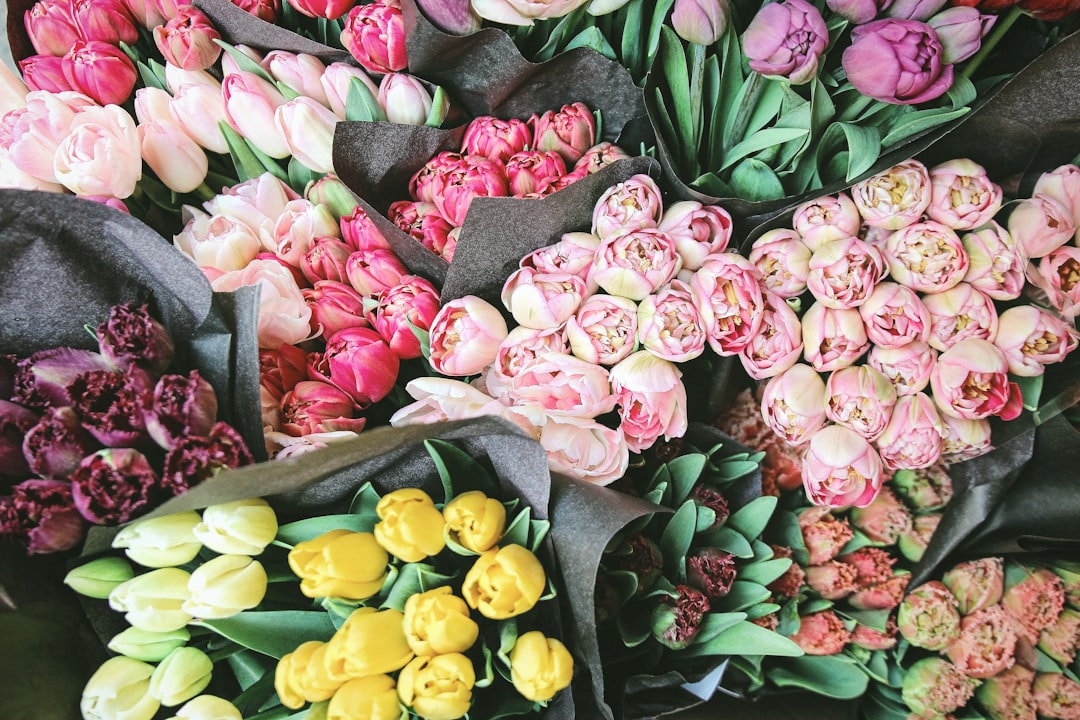
Audience segmentation is central to maximizing ROI from florist advertising. By distinguishing between customer types—such as first-time shoppers and loyal repeat buyers—florists can allocate budget and messaging where it delivers the greatest impact. This tailored approach ensures every advertising dollar is spent with clear intent, improving both engagement and overall sales efficiency.
Smart segmentation leverages intent signals like active inquiries about ongoing flower subscriptions or high-value corporate gifting. These behaviors let marketers anticipate needs and shift spend toward audiences showing imminent purchase signals. Platforms like Sona Audiences are designed to help florists prioritize high-intent segments and dynamically update their ad audiences as leads progress through the funnel, ensuring campaigns remain relevant and budget stays focused on the most promising prospects.
By applying precise segmentation backed by unified data, florists move beyond one-size-fits-all campaigns to deliver personalized experiences that drive measurable florist business growth and stronger customer relationships. For more insights on buying stage segmentation, check out our guide on Segmentation Advantage. This approach elevates flower shop marketing by making every touchpoint more relevant and actionable.
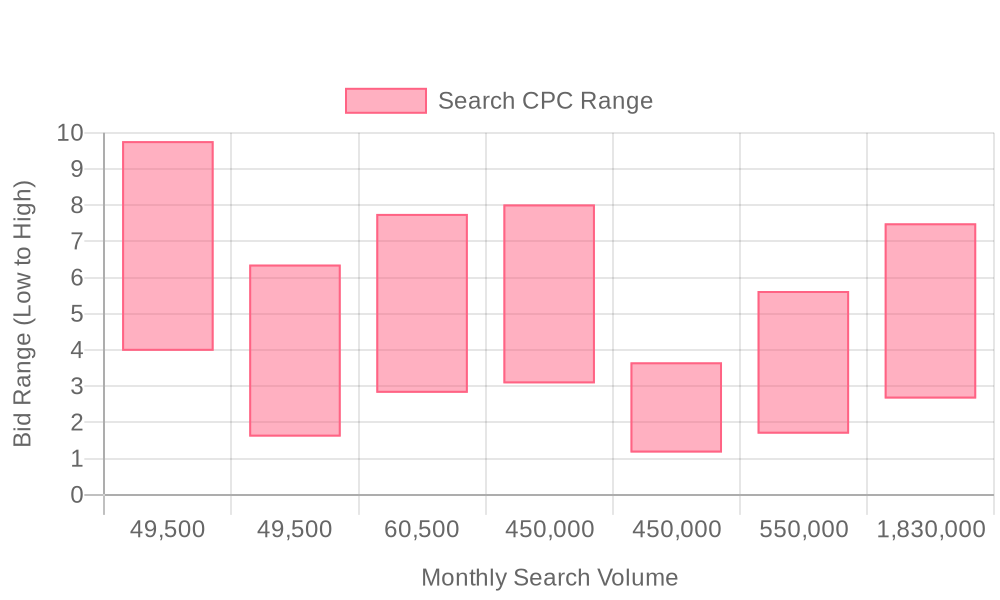
| Industry | Keyword | Monthly Search Volume | Competition Level | Low Bid | High Bid |
| Florist | same day flower delivery | 49500 | HIGH | 3.98 | 9.77 |
| Florist | mothers day flowers | 49500 | HIGH | 1.61 | 6.36 |
| Florist | send flowers | 60500 | HIGH | 2.82 | 7.76 |
| Florist | flower delivery | 450000 | HIGH | 3.08 | 8.02 |
| Florist | florist near me | 450000 | HIGH | 1.17 | 3.66 |
| Florist | florist | 550000 | MEDIUM | 1.69 | 5.63 |
| Florist | flowers | 1830000 | HIGH | 2.66 | 7.5 |
Effective florist digital marketing begins with a deliberate keyword strategy that aligns with how customers search for floral products and services. High-performing Google Ads campaigns for florists are rooted in research-driven keyword selection that reflects real buyer intent and local demand. Wordstream provides a deeper look at this trend and how keyword research drives ROI in paid search.
A disciplined campaign execution framework is essential for florists seeking reliable, scalable growth from digital advertising. Professional marketers who embrace structure avoid wasted spend, improve visibility for their flower shop, and connect with buyers at the moments that matter most.
By integrating advanced data insights and continuous optimization, florists can stay agile, shift budget where it delivers the biggest impact, and build a digital marketing program that delivers sustained results. Each step in the process below is designed to help florist businesses move beyond guesswork and build a performance-driven online advertising engine. Learn more about florist PPC trends.
Effective PPC for florists starts with strategic keyword list creation. Focus on intent-rich niches, such as "wedding flowers," "funeral arrangements," or "same-day flower delivery," to capture buyers ready to convert. Granular segmentation by product type or occasion lets marketers align campaigns directly with searcher needs, minimizing wasted impressions.
With unified go-to-market data, marketers can identify not only which keywords drive clicks, but which convert into high-value leads and customers. Granular visitor identification moves beyond anonymous traffic, enabling revenue teams to pinpoint which companies are searching for specific floral services. Platforms like Sona Identification help florists discover which businesses are actively seeking their services, ensuring ad spend targets the right audience.
Florist digital marketing thrives on urgency and relevance. Craft ad copy that emphasizes time-sensitive offers—such as "Next Day Delivery Available" or "Order Today, Delivered Tomorrow"—to tap into immediate shopper motivations. Headlines should reflect the specific service or occasion, while descriptions highlight unique value, like local sourcing or exclusive designs.
Dynamic audience segmentation allows marketers to tailor messaging as leads move through the funnel. When data shows a prospect shifting interest from sympathy flowers to wedding arrangements, ad copy adjusts in real time, reflecting new priorities. This adaptability increases engagement, click-through rates, and conversion potential for every audience segment.
Landing pages are the bridge between ad click and sale. For flower shops, visually compelling imagery—high-resolution bouquets, event setups, or seasonal specials—immediately communicates quality and builds trust. Every page should be streamlined for conversion, featuring clear calls to action, transparent pricing, and delivery details.
Unified performance tracking connects online interactions with backend sales, so marketers can see which landing pages and creative approaches close the most deals. For more insights on optimizing ad creative, check out our guide on intent retargeting.
The florist market is highly seasonal, with spikes around holidays and life events. Ongoing campaign optimization is vital to align with these shifting trends. Track core metrics—impressions, clicks, conversions, cost per acquisition—then make data-driven adjustments to bidding, budgeting, and creative on a regular cadence.
Advanced attribution models finally close the loop between online ad spend and offline sales, providing a true picture of ROI. Seamless CRM and ad platform syncing ensures enriched lead and customer data flows back to Google Ads and sales platforms, allowing for dynamic audience updates and smarter retargeting. To see how leading florists maximize their Google Ads ROI, start your free trial and get personalized recommendations with Sona onboarding.
Expanding your florist business requires a deliberate blend of creative partnerships, trust-building content, and advanced data utilization. Local flower shops can accelerate market reach by collaborating with event venues, wedding planners, or corporate venues, allowing both parties to share audiences and increase exposure without inflating budgets. For more insights on maximizing partnership-driven growth, check out our guide on affiliate revenue partnerships. These cross-promotional partnerships create a seamless customer journey, positioning your shop as the preferred provider for venue-based floral needs, from weddings to corporate events.
Integrating authentic customer testimonials into your advertising nurtures credibility and resonates with new prospects. Testimonials highlight your reliability and quality, addressing the emotional component of flower purchases. When featured in ad copy or landing pages, these endorsements differentiate your shop from generic online retailers and help convert high-intent visitors into repeat customers.
Leveraging insights from Google Ads analytics moves your marketing from guesswork to precision. Florist Google Ads tips provides a deeper look at this trend, showing how tracking which ads, keywords, and offers drive the most valuable engagement can help you invest in channels and messages that deliver concrete growth. Platforms that unify ad analytics with CRM and website data enable you to identify high-value leads, adapt creative strategies in real-time, and sync dynamic audiences across both search and retargeting campaigns. This closed-loop approach ensures every dollar advances overall florist business growth, making each campaign smarter and more effective than the last.
Mastering Google Ads for your florist business isn’t just about boosting visibility—it’s about turning clicks into loyal customers and blooming sales. With the right strategy, you can transform your online presence and stand out in a competitive market.
We’ve covered how to target the right audience with high-intent keywords, craft compelling ad copy that highlights your unique floral arrangements, and optimize your campaigns for maximum ROI. By leveraging location-based targeting and seasonal trends, you can ensure your ads reach customers when they’re ready to buy.
Imagine your florist business thriving with a steady stream of orders, from last-minute bouquets to lavish event arrangements. The tools and insights are within reach—all it takes is putting these strategies into action.
Ready to see the difference data-driven advertising can make? Start a free trial to experience the platform and its capabilities firsthand.
Best practices include precise keyword targeting, seamless landing page experiences, robust conversion tracking, and using audience segmentation to reach high-intent customers.
Begin by identifying high-intent keywords, create compelling ad copy, design engaging landing pages, and implement tracking to measure campaign success.
Use specialized keywords like 'florist near me' or 'same-day flower delivery' and include local modifiers to capture immediate local demand.
Measure success through conversion tracking, analyzing which keywords and ads drive revenue, and using attribution models to connect online ad spend to offline sales.
The budget should align with your business goals and seasonal demand, reallocating funds towards high-converting campaigns and periods with high customer intent.
Join results-focused teams combining Sona Platform automation with advanced Google Ads strategies to scale lead generation

Connect your existing CRM

Free Account Enrichment

No setup fees
No commitment required

Free consultation

Get a custom Google Ads roadmap for your business
Join results-focused teams combining Sona Platform automation with advanced Meta Ads strategies to scale lead generation

Connect your existing CRM

Free Account Enrichment

No setup fees
No commitment required

Free consultation

Get a custom Google Ads roadmap for your business
Join results-focused teams combining Sona Platform automation with advanced LinkedIn Ads strategies to scale lead generation

Connect your existing CRM

Free Account Enrichment

No setup fees
No commitment required

Free consultation

Get a custom Google Ads roadmap for your business
Join results-focused teams using Sona Platform automation to activate unified sales and marketing data, maximize ROI on marketing investments, and drive measurable growth

Connect your existing CRM

Free Account Enrichment

No setup fees
No commitment required

Free consultation

Get a custom Google Ads roadmap for your business
Over 500+ auto detailing businesses trust our platform to grow their revenue
Join results-focused teams using Sona Platform automation to activate unified sales and marketing data, maximize ROI on marketing investments, and drive measurable growth

Connect your existing CRM

Free Account Enrichment

No setup fees
No commitment required

Free consultation

Get a custom Google Ads roadmap for your business
Over 500+ auto detailing businesses trust our platform to grow their revenue
Join results-focused teams using Sona Platform automation to activate unified sales and marketing data, maximize ROI on marketing investments, and drive measurable growth

Connect your existing CRM

Free Account Enrichment

No setup fees
No commitment required

Free consultation

Get a custom Google Ads roadmap for your business
Over 500+ auto detailing businesses trust our platform to grow their revenue
Our team of experts can implement your Google Ads campaigns, then show you how Sona helps you manage exceptional campaign performance and sales.
Schedule your FREE 15-minute strategy sessionOur team of experts can implement your Meta Ads campaigns, then show you how Sona helps you manage exceptional campaign performance and sales.
Schedule your FREE 15-minute strategy sessionOur team of experts can implement your LinkedIn Ads campaigns, then show you how Sona helps you manage exceptional campaign performance and sales.
Schedule your FREE 15-minute strategy sessionOur team of experts can help improve your demand generation strategy, and can show you how advanced attribution and data activation can help you realize more opportunities and improve sales performance.
Schedule your FREE 30-minute strategy sessionOur team of experts can help improve your demand generation strategy, and can show you how advanced attribution and data activation can help you realize more opportunities and improve sales performance.
Schedule your FREE 30-minute strategy sessionOur team of experts can help improve your demand generation strategy, and can show you how advanced attribution and data activation can help you realize more opportunities and improve sales performance.
Schedule your FREE 30-minute strategy sessionOur team of experts can help improve your demand generation strategy, and can show you how advanced attribution and data activation can help you realize more opportunities and improve sales performance.
Schedule your FREE 30-minute strategy session





Launch campaigns that generate qualified leads in 30 days or less.
